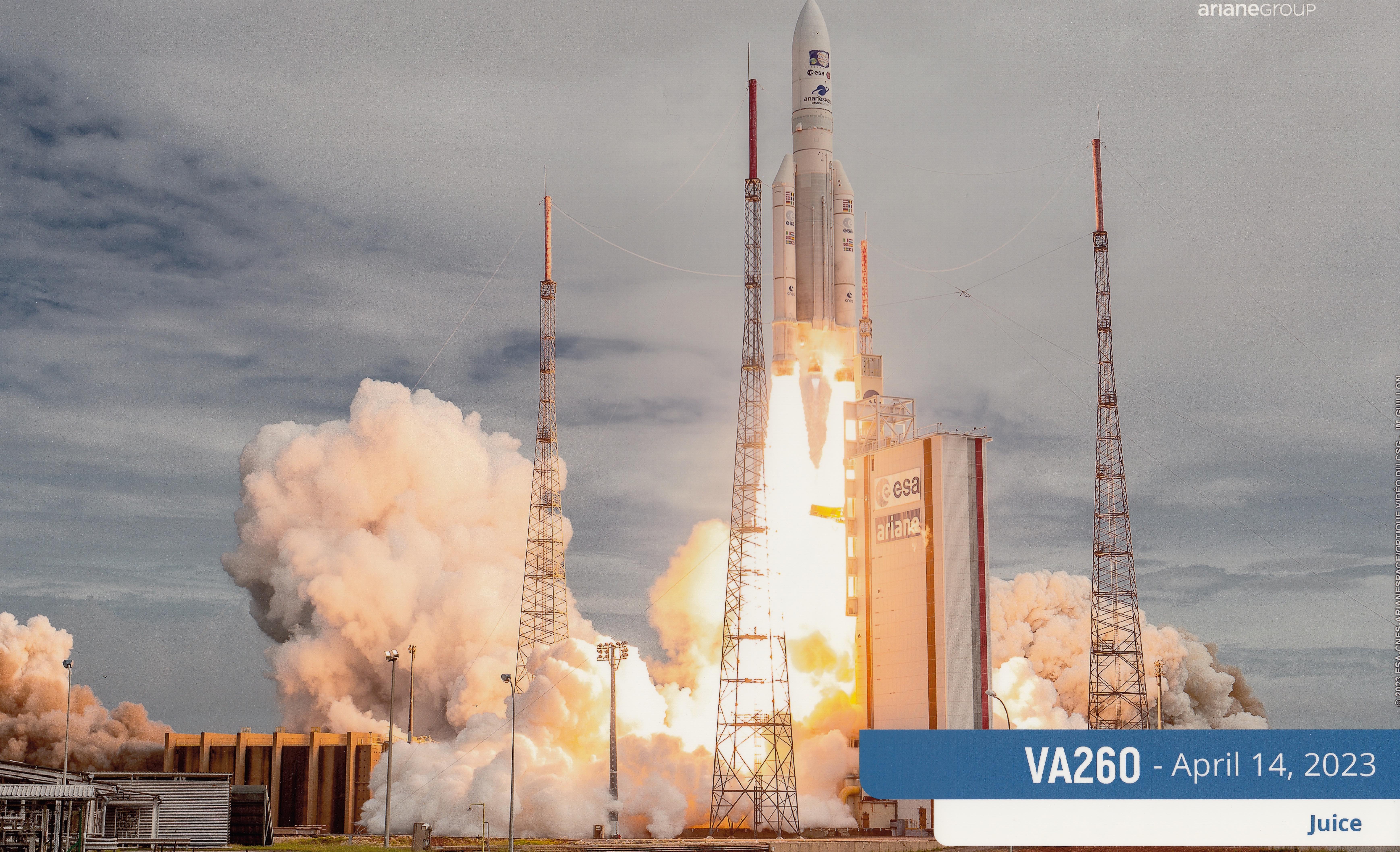Planetary Radio Interferometry and Doppler Experiment: VLBI studies in the Solar System
Leonid Gurvits


Leonid Gurvits

Antonio Fuentes
Supermassive black holes at the center of active galactic nuclei (AGN) power some of the most luminous objects in the Universe). In particular, blazars are a subclass of AGNs where a relativistic jet of plasma is ejected from the surroundings of the central engine and points towards Earth with a very low inclination angle, which makes them very bright at radio wavelengths as a consequence of Doppler beaming and suitable for very long baseline interferometric (VLBI) observations.
Artis Aberfelds
6.7 GHz methanol masers serve as crucial signal indicators in the context of high-mass star formation. It is believed that these Class II masers are radiation-pumped, and as such, their variability is closely linked to the variability of protostars. This connection renders the study of the variability of 6.7 GHz methanol masers a promising tool for investigating processes during high-mass star formation.
Happy New Year and I hope 2024 will bring continued scientific success to the EVN Community. This year marks the 40th anniversary of the formal constitution of the EVN: the signing of the EVN Memorandum of Understanding took place shorty after a meeting of the EVN Directors in Vienna in June 1984. That year also saw the first, and very successful, World Array’ VLBI experiments using 18 antennas in a global array (including MERLIN) and the first EVN observations with the new 32-m telescope at Medicina.
A new system for station experiment feedback has been implemented. Feedback can be added through the EVN Mattermost via the command '/feedback' (for the most recent session) or (e.g.) '/feedback 2023/2' for Session 2 of 2023.
A form should pop up to fill in the details, as shown below. For now, the Mattermost interface is write-only; feedback can be reviewed here.
The EVN Consortium Directors met during the VLBI40 Conference in Bologna in May. The Bologna conference was a fantastic demonstration of the demand for, interest in and science output from VLBI and the EVN in particular.
